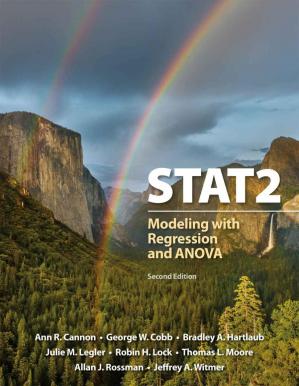STAT2: Modelling with Regression and ANOVA
Original price was: $39.99.$24.99Current price is: $24.99. $19.99
Download STAT2: Modelling with Regression and ANOVA written by Ann R. Cannon; George W. Cobb; Bradley A. Hartlaub; Julie M. Legler; Robin H. Lock; Thomas L. Moore; Allan J. Rossman; Jeffrey A. Witmer in PDF format. This book is under the category Mathematics and bearing the isbn13 numbers 1319209505/9781319209506. You may reffer the table below for additional details of the book. We do NOT provide access codes, we provide eBooks ONLY. Instant access will be granted as soon as you complete the payment.
Additional information
| book-author | Allan J. Rossman, Ann R. Cannon, Bradley A. Hartlaub, George W. Cobb, Jeffrey A. Witmer, Julie M. Legler, Robin H. Lock, Thomas L. Moore |
|---|---|
| publisher | W. H. Freeman |
| file-type | |
| pages | 1638 |
| language | English |
| isbn10 | 1319209505 |
| isbn13 | 9781319209506 |
Related products
- Sale!
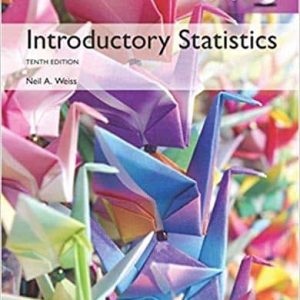
Introductory Statistics (10th Edition) – Global
Original price was: $39.99.$24.99Current price is: $24.99.$19.99 - Sale!
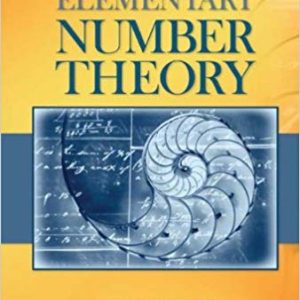
Elementary Number Theory (7th Edition)
Original price was: $39.99.$24.99Current price is: $24.99.$19.99 - Sale!
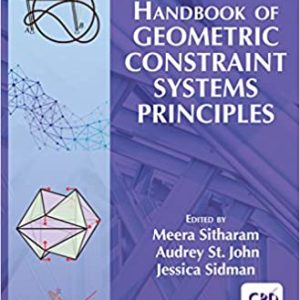
Handbook of Geometric Constraint Systems Principles
Original price was: $39.99.$24.99Current price is: $24.99.$19.99 - Sale!
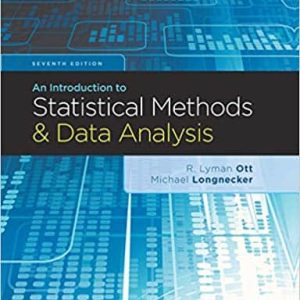
An Introduction to Statistical Methods and Data Analysis (7th Edition)
Original price was: $39.99.$24.99Current price is: $24.99.$19.99
